What was the first Japanese car to be sold in the UK? Clue: it arrived in early 1965.
A Toyota, perhaps? The Corona arrived in 1965, yes, but it wasn't the first. It must be a Datsun, then? Nope — 1968. A Suzuki? Again, no.
I'll put you out of your misery: it was the Compagno, from the independent little Daihatsu company. Offered as a Berlina saloon, an estate and a cute Spider convertible, it began what Autocar described as the "long-threatened" Japanese "invasion" of our auto market.
If you were around at the time but don't remember the Compagno, that's probably because the importer, Dufay, managed to sell just six examples in five years. The best-selling car of 1965, the Austin/Morris 1100, managed to shift an incredible 157,679 units in that year alone.

The Compagno was certainly not helped by having the badge of an unknown brand (although it was designed by Vignale), but its price was an even bigger hindrance. It was actually one of the best-equipped cars of its type, with foglights, reversing lights, a radio, a cigarette lighter, wing mirrors and a clock all coming as standard. The problem was that you could get the familiarity of an Austin Mini for £280 less or a Hillman Imp for £260 less.
One of the few cars registered was CGH 8B, which Autocar tested on 20 August 1965. And, remarkably, it's still taxed and on the road, in the care of International Motors, which imported Daihatsus until 2011.
We described the car back then as "well made but technically unadvanced". It had a two-door, four-seat body sitting on a separate chassis, and "in the design of the suspension, engine, transmission and brakes, it follows very closely much that was popular and conventional on British cars some eight or 10 years ago". Like the Morris Minor, then.
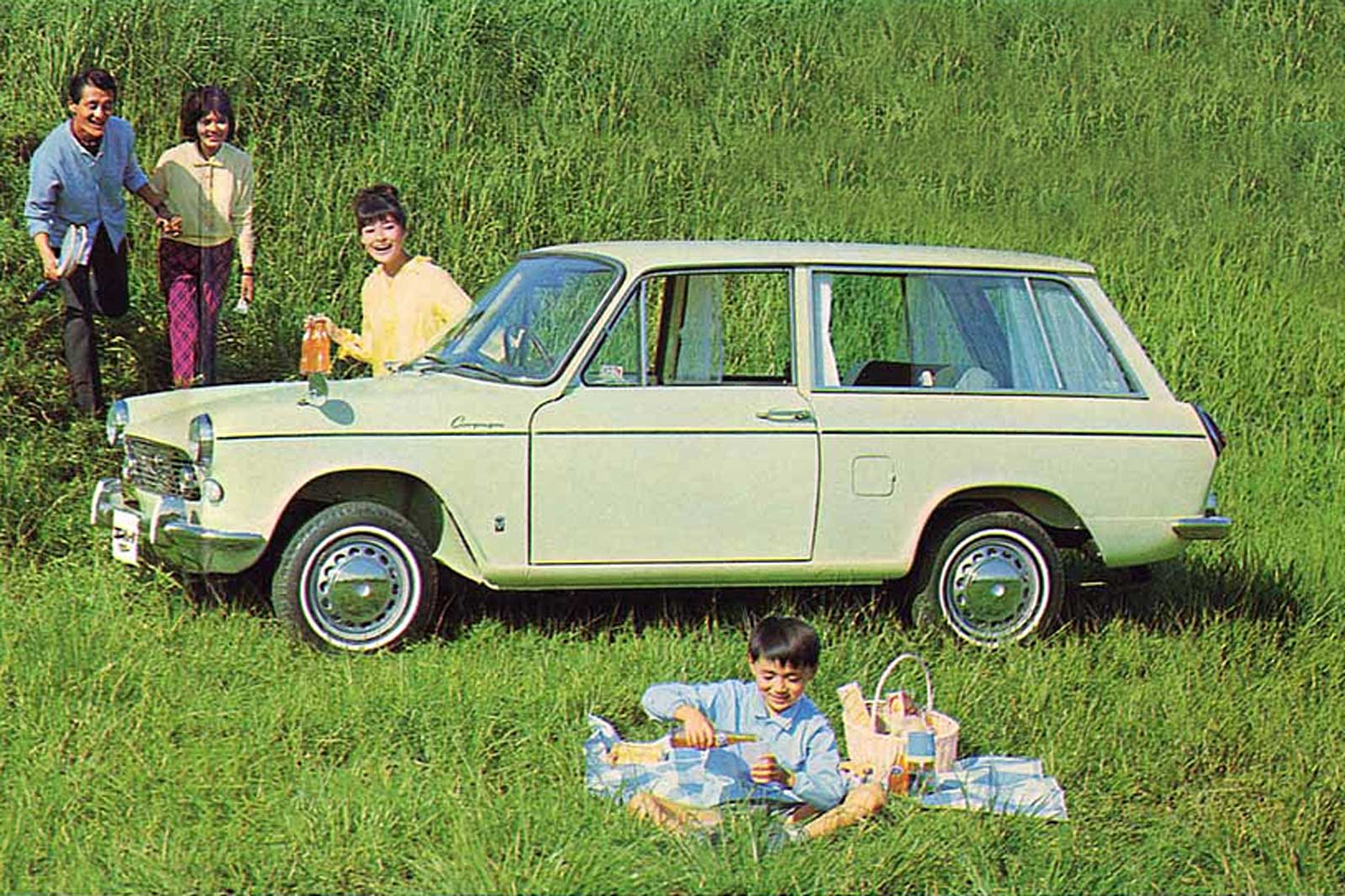
The Compagno's four-cylinder, 797cc unit had "decidedly little power", at 41bhp and 47lb ft, "for the car's weight of 775kg", we reckoned. In fact, "with liberal use of the four gears, one may make quite good progress among town traffic, but for this one needs to keep the engine revving hard. Above 50mph, acceleration tails away, and the car would not reach 60mph on one-mile straight against a strong headwind".
"Sometimes, full power is needed to climb quite gradual hills with a full load on board," we added.
Despite this, the car felt "quite lively" — an impression helped by "the gross optimism of its speedometer", but not "unsuitable gear ratios". Second gear was "much too low", while "third is a shade high, so that there is a very wide gap to be bridged by zooming the engine hard in second before changing up". At least top gear was "a good compromise for easy cruising and reasonable flexibility".
However, "engine refinement compensated to some extent for the restricted performance", and one soon developed "a heavy-footed technique" in driving the car, because "the power unit doesn't seem to object at all to consistently hard driving". It simply "buzzed" rather than "thrashed or roared", and in top gear was "remarkably unobtrusive".
We saw fit to praise Japanese engineering concerning the Compagno's transmission: "If early steering column changes for four-speed gearbox had been as crisp and easy in action as British cars as the one on the Daihatsu, they might still be popular today.

"Many of the changes can be made with only the fingertips, while very effective synchromesh also enables the driver to thrust the lever from one gear to the next without any attempt at matching speeds."
The clutch was very light, mind you, meaning "the Daihatsu is not an easy car for a fast getaway, as some controlled clutch slip is necessary to keep the power up".
The suspension was not so impressive, even taking into account that "the rather hard-used demonstrator car was in need of a check-up and new dampers". It gave "a loose and springy ride, with pronounced vertical jogging of the rear end on any but the very smoothest roads".
We continued: "The front suspension absorbs bumps fairly well, but the rears produce uncontrolled leaps and bounces, making many roads seem much worse than they are." Meanwhile, "on washboard, severe vibration caused violent scuttle shake threatening to ruin the instruments and radio".
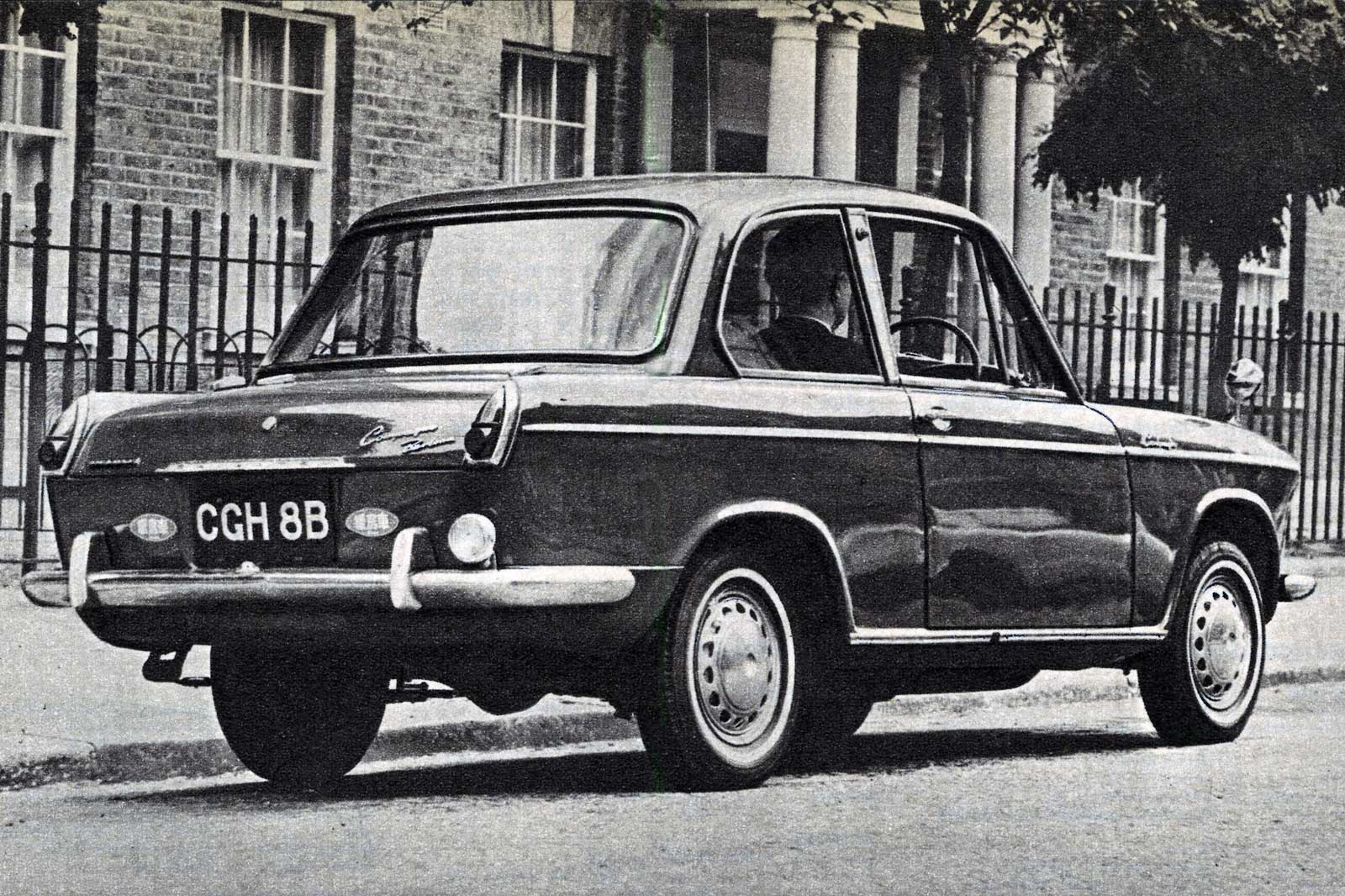
Naturally, handling was also not a forte. "When sharp corners are taken with verve," we detailed, "there is considerable roll and sufficient howl from the Yokohama tyres to arouse pedestrians. As well as feeling a shade top-heavy, the Daihatsu oversteers badly, even with only the driver on board."
This wasn't helped by "loose and spongy" steering with "a lot of springiness to exaggerate the impression of free play through corners". At least there was "fair directional stability" and the nose of the car "answered to small wheel movements at speed".
Thankfully, the brakes weren't on the Compagno's list of shortcomings, being strong and resistant to fade.
In terms of practicality, the Compagno was clearly engineered for the Japanese driver. The driving position itself was good, if forward vision was obscured by the steering wheel, but the seat provided "far too little reg room" and if slid all the way back "tends to shoot forward under braking". The rears didn't give much space for feet, either, although they did for heads, and were supportive and gripping through corners.
The interior was attractive, too, with an imitation wood dashboard and padded plastic areas, although the "fluffy weave" on the door trim rather ruined things. In addition, we couldn't help but notice rust pimples on the exterior brightwork.

Did Autocar's road testers of the time see the impending threat of the Japanese manufacturers, which would soon play a large part in the mass death of too many British car makers to name, as a real one? Not quite.
"The Daihatsu is shown up by most European cars of similar engine and body size," we said, "not only on matters of performance and economy [we averaged just 34.8mpg], but also on many aspects of its road behaviour, although these competitors are more than £200 cheaper."
That said, we recognised that "the Daihatsu does impress for quality of workmanship, and there are many who understandably attach great importance to this and prefer a car that is well made, even if outdated and of inferior design, to one which is technically superior but badly constructed".
History tells us the rest (for Japanese cars as a whole, but sadly not for Daihatsu) and warns, perhaps, that we should probably stop disregarding the promise of Chinese manufacturers…


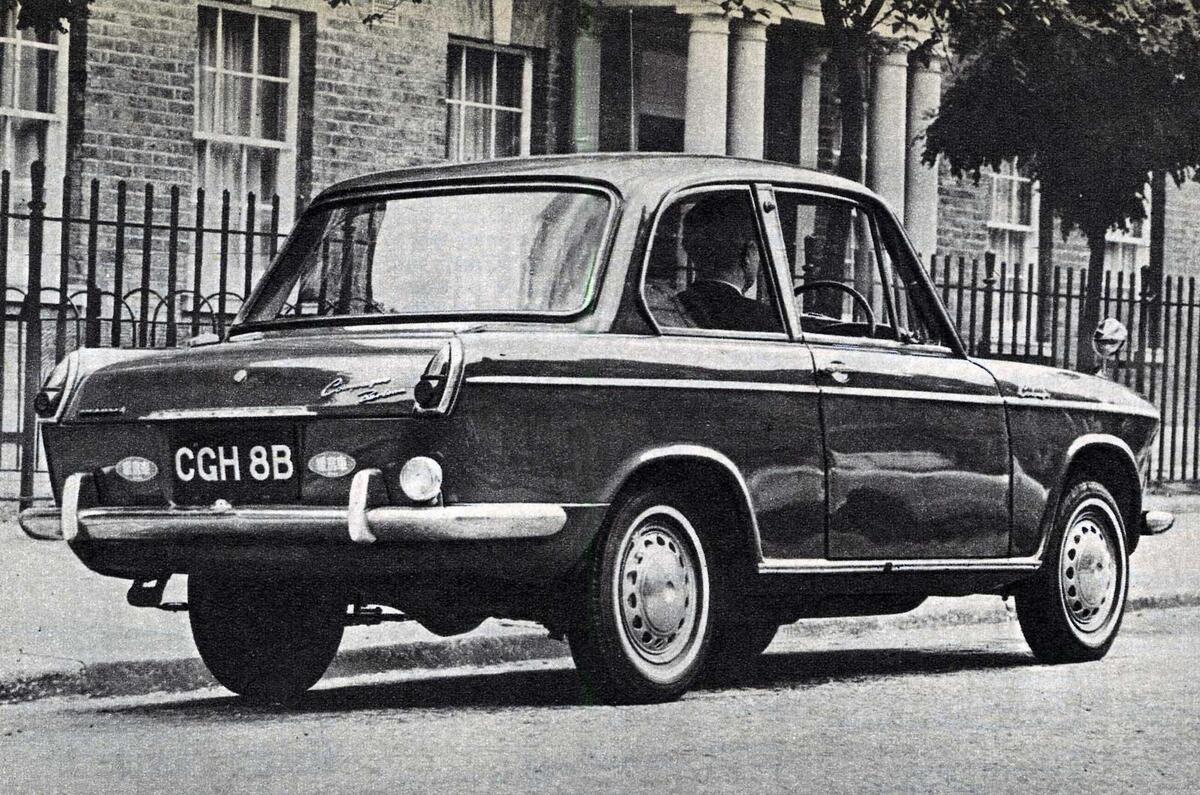

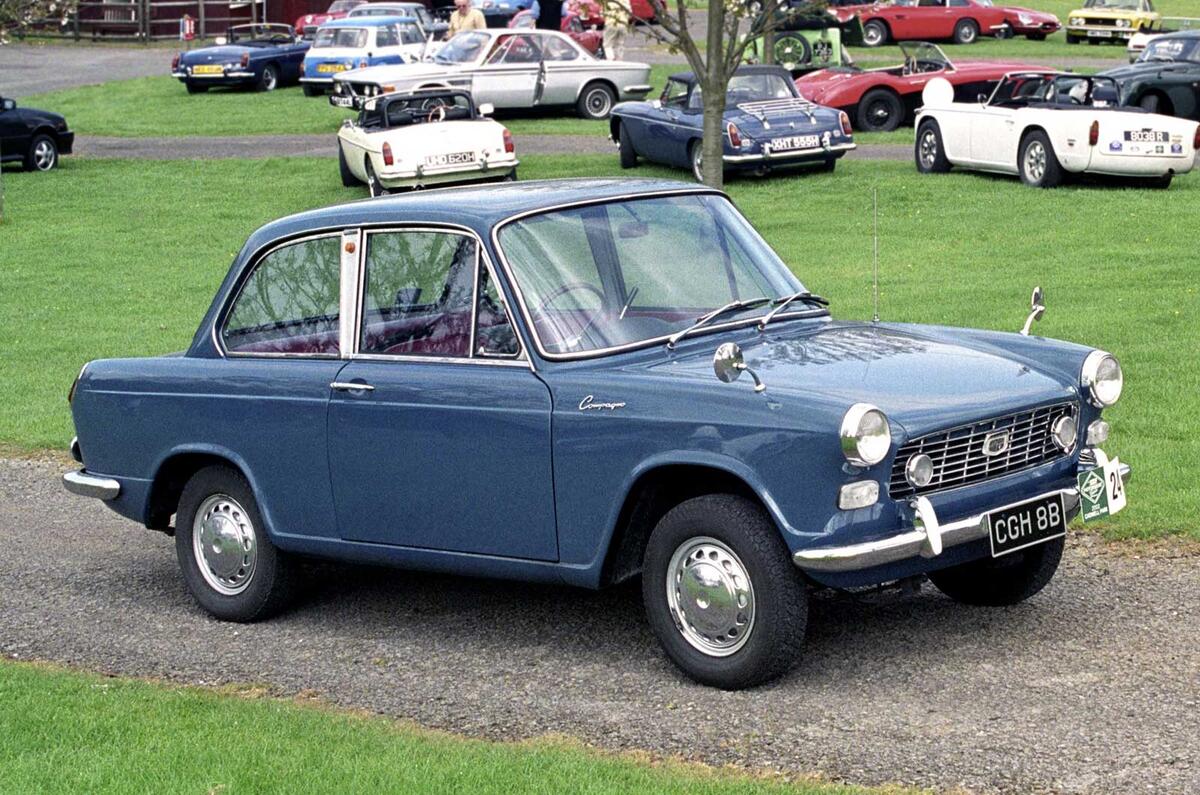
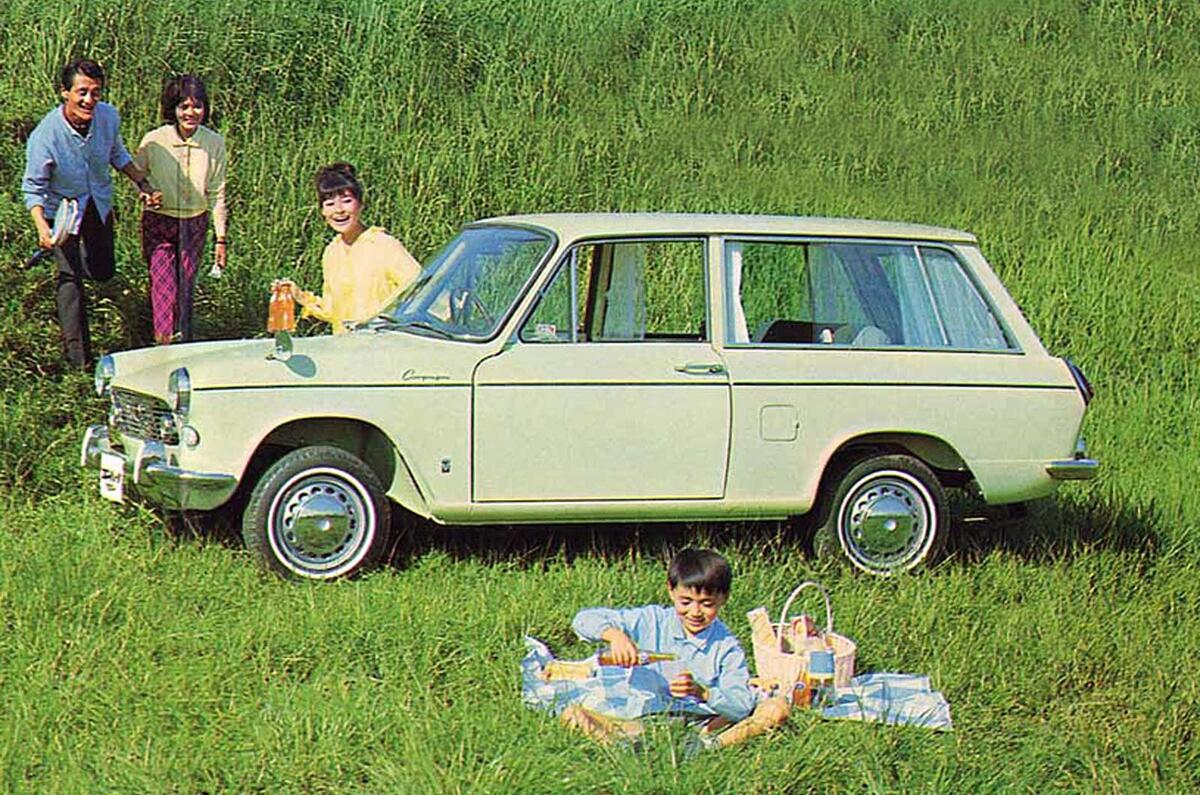


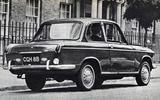

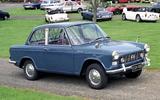
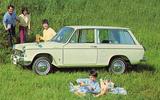



Join the debate
Add your comment
The First Japanese Cars In Blighty
I remember the first Japanese car I ever saw,it was a small dark blue Honda (N360) it had been sold to a chap in my street,who'd bought it from a small garage in Fleet, Hants that also sold,Morgan & Reliant. I looked at it didn't think much of it, a few of the dads bit their toungues and tried not to snigger, oh yes we did laugh but little did we know. what was coming did we?
Some things never change...
This article perfectly describes the driving experience of the late departed Daihatsu Hi-Jet van.....
A much-missed brand
Will it ever return to the UK?
Daihatsu
Sadly Daihatsu won't be coming back which really is quite a disapointment,the cars now only available in it's home market. Toyota who now owns the company has been rolling back the global availability of the range for years,which is a pity as Daihatsu produced some cracking little cars. Toyota have set up a plant in Malaysia producing some of the Daihatsu eange,they're known as Perodua and for some years they were sold over here,I test drove the Kenari (Move) and the Myvi (Sirion) and I thought that they were well built,keenly priced and quite well equipped and drove quite well, but however the venture fizzled out. However if after we leave the EU who knows what will happen when we start to negotiate our own trade deals, maybe Perodua might try again?